Revegetation of Cannabis : Friend or Foe?

When it comes to caring for your cannabis plants, there are a few things to know that can sometimes fall through the cracks.
Revegetation is a great way to re-use the plant after it has been harvested and potentially get a second harvest. There are also ways you might end up with accidental revegetation when you don’t really want it.
In this guide, we cover the revegetation of cannabis and talk about both accidental and planned revegetation to help guide you.
What is Revegetation?
If you’ve been growing cannabis for long or completed any kind of research on the subject, you know that cannabis is a plant that flowers annually. The only thing is, cannabis has only one cycle, so while it flowers annually, it won’t actually flower again unless you take action.
When cannabis grows in the wild, the process is pretty quick and happens in a short span of season from spring to fall. In that timeframe, the plan will seed, flower, and die in just a few short months.
Revegging cannabis plants is all about harvesting the buds from a plant and then forcing it to “back up” in a sense to the vegetative state so that it can flower again.
Accidental Revegetation
While some planters specifically revegetate their plants to get the most out of their harvest, there are also times when accidental revegetation can occur.
Typically, accidental revegetation happens when something disturbs the plants’ light cycle. A lot of times, it’s too much light, be it a light leak or more than 12 hours of light per day during flowering. In this case, you’ll notice a plant either reverting or having unusual effects, and it happens because of some unexpected disruption.
Symptoms of Revegetation
If you’re wondering how to determine when revegging has occurred, there are definite symptoms. Obviously, if you planned your revegetation, this won’t be a concern, but if something just looks off with your plant, there are common signs of revegetation you can look for, such as:
- The leaf edges look smooth
- Your buds have stopped developing
- You’re noticing new growth from buds, such as long leaves or even new stems
- The leaves are curling
- Growth appears to be unusual, twisted, or wrinkled
- You notice sprouts from the main stem with just 1-point leaves rather than 7 or 9
These are some of the most common symptoms of accidental reveg during flowering. If you notice any of these symptoms, something has probably gone wrong in the process to cause it.
Remember that cannabis is very reliant upon its routine, so the slightest thing can throw it off.
When Can Cannabis Reveg Accidentally?
So what is it in the process that can lead to unexpected or unwanted revegetation on your plant?
As we’ve covered, light leaks during dark hours are the most common cause of unplanned revegetation, but there are some other possible causes as well.
Here are some of the common things you can watch out for:
- Light leaks in your setup (this is the most common, as light leaks are sometimes hard to pinpoint). In order to flower, photoperiod cannabis needs 12 hours of uninterrupted darkness.
- The plant is getting too much light, which may lead to stress and revegging.
- Not a high-quality plant – possibly poor genetics at play.
- The plant receives too much nitrogen during flowering – a nutrient that’s normally supposed to help the plant during vegetation.
- Moving the plant outdoors or transitioning it to flowering too early. If you move a plant in veg outdoors too early, it will start flowering because the nights are still long, and later, it will reveg once the day becomes long enough.
We recommend that you look for light leaks first. While there could be other reasons that your plant experiences accidental flowering during veg, this is the most likely scenario.
Solutions to Revegging
When you have accidental revegetation, there are things you can do. You basically have two choices to remedy the situation. Neither of them is perfect but it’s better than losing the plant altogether, right?
The first option is to let your revegging cannabis plants complete the revegetation cycle. If you specifically want a vegetation state, this is your best solution.
The second choice is to figure out the reason behind revegging and fix it. Remember that your photoperiod plant needs 12 hours of darkness daily to keep flowering, and those hours have to be uninterrupted from even the smallest of leaks.
This second option will help push them to the flowering stage again. Be aware that it will take time for the plants to reveg, so it also takes time to get back to the flowering stage – don’t expect the process to occur overnight.
Planned Revegging
Revegging marijuana doesn’t have to be accidental. Many growers choose to revegetate their plants because it allows them to make the most of the plant before starting the cycle over again. When planned, revegetation allows for a dual harvest from the same plant.
If you want to use planned revegging, you’ll need to follow the proper techniques to do so. The most common method is to revegetate during harvest time.
Some growers also use revegetation for different reasons, including producing new crosses or perhaps even keeping their favorite phenotypes.
What Can Planned Revegging Be Used For?
We touched on this just slightly but let’s talk about why growers might be interested in revegging cannabis plants.
Each grower is different, so their reasons for wanting to reveg can vary, but here are some of the most common reasons revegetation could be useful.
- If your plant has been through a full growing season, the root system will have developed. Revegetating at this stage could help to reduce a vegetation period, as the plant will move quickly through a secondary vegetation cycle to produce a second harvest from the plant.
- Many growers revegetate cannabis to increase their yield. You can get a second crop far more quickly with this method than if you were to wait for a new crop or even a cloned plant. When performed with cuttings, this is often called monster cropping, and sometimes the second crop is even better than the first.
- Revegetation can be used for cloning purposes. Revegging will preserve a plant with a great phenotype so that you can get an exact replica of that plant if you didn’t clone prior to flowering.
- Revegetation can be an alternative to maintaining a mother plant for cloning.
How to Reveg Cannabis
Now, if you want to learn how to purposefully reveg a flowering cannabis plant, you can follow these steps to help you out.
How to Reveg After Harvest:
- Harvest the majority of the plant but leave some buds and branches present near the base.
- Reset your plant’s photoperiod for the vegetative schedule, which is 18 hours of light and 6 hours of uninterrupted darkness.
- Give your plant nutrients that are in line with early-stage growth, with increased nitrogen.
- Give the plant a bit of time as you’re re-setting the cycle.
Revegging Cannabis for Monster Cropping
- Take a clone of the plant, just as you would for cloning purposes.
- Remove flowering nodes from the clone if any are visible in order to halt flower production on the clone.
- Plant and follow vegetation procedures to encourage growth (18 hours light, 6 hours dark).
The result is typically vigorous growth if you properly care for the plant during revegetation. We have a great detailed article on monster cropping – check it out to learn everything about this technique in detail!
Revegging Doesn’t Seem so Scary Anymore, Huh?
Whether you have accidental revegetation or you intentionally choose to revegetate your cannabis plant, you can use this to your benefit. Be sure to follow proper growth care and tips for your plant to get the best results.
Revegetation doesn’t have to be a bad thing when it’s unplanned, and you do have options. Learn how to make it work for you!
Herbies Head Shop expressly refuses to support the use, production, or supply of illegal substances. For more details read our Legal Disclaimer.

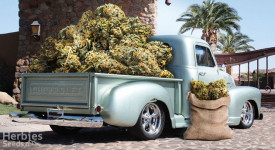


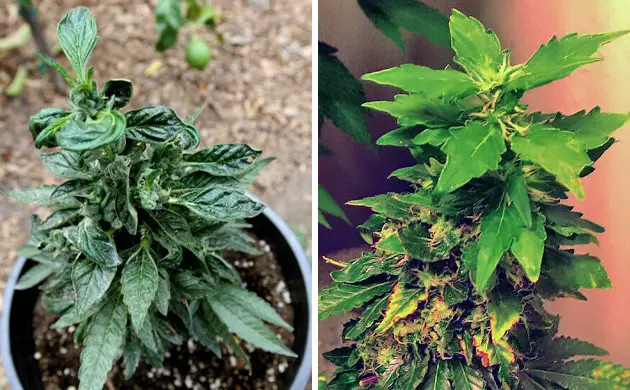



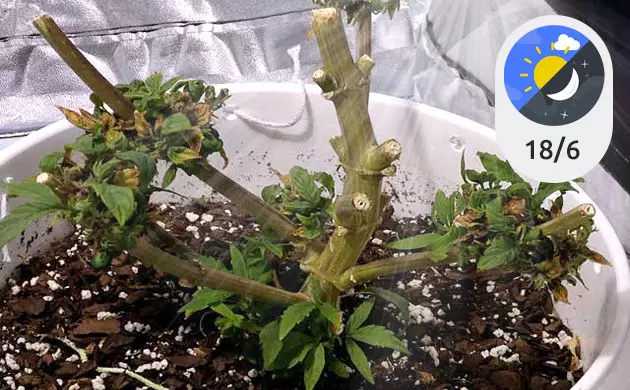
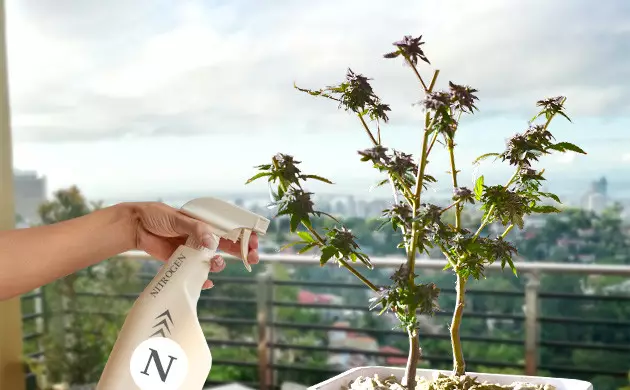




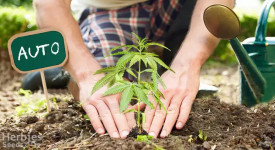
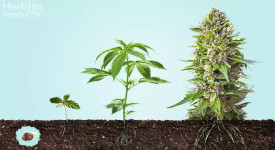

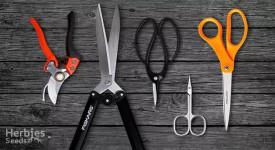
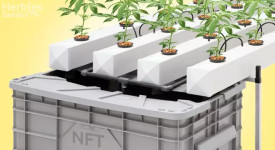
Thank you for leaving a comment for us!
Your feedback will be posted shortly after our moderator checks it.
Please note that we don’t publish reviews that: